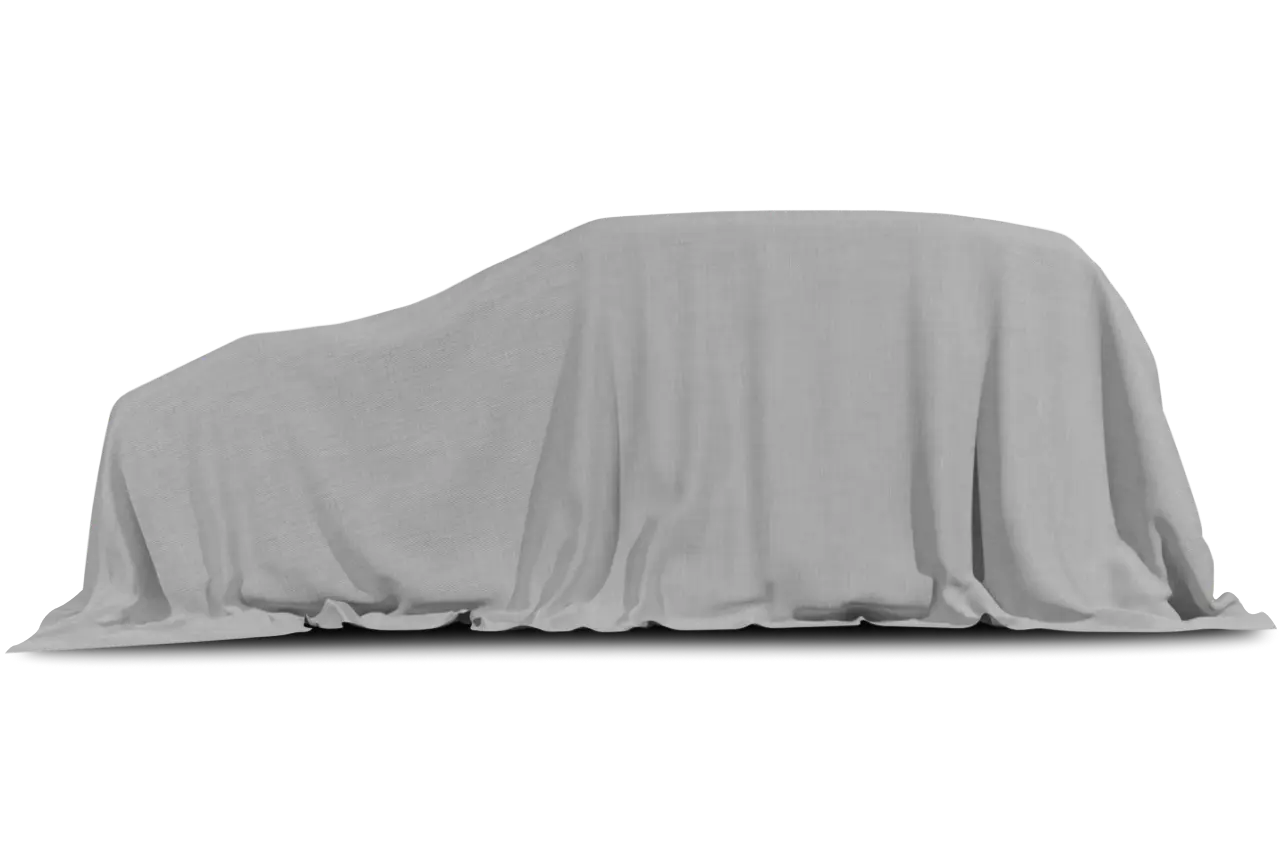
Cadillac made such a parting of the Red Sea out of naming its new low-end luxury car. I remember getting a press kit the thickness of a hymnal, extolling the marketing pseudo-science employed to come up with the name, Catera.
It occurred to me that never before in the chronicles of cardom had so many labored so much to so little effect.
I mean, the Catera? It sounds more like a female cataract than an automobile.
Fortunately for Cadillac, the Cataract, or, rather, Catera, is a better exercise in car design than it is in car christening. It’s comely, comfortable, quiet, and packs enough engine and suspension athleticism to make it a delightful driver.
The Catheter, or, rather, Catera, is what is known in the industry as an “entry-luxury” car. With a base price of $32,995, it strikes me as about as entry-level as a five-bedroom stone colonial in Wayne, but that’s just the opinion of a class-conscious schlub from South Philadelphia.
The idea behind the Catera was to field a car that would appeal to import buyers. By doing that, Cadillac reasoned, it could increase sales and lower its aging demographics, getting a youth injection from Boomerville.
The best way to interest the import buyers, of course, is to offer them an imported car — and that’s precisely what Cadillac has done.
The Catera turns out to be a mildly reworked Opel Omega, which is built by General Motors’ European subsidiary, Adam Opel A.G. Like the Omega, it runs down the Opel assembly line in Ruesselsheim, Germany.
The Catera seems to be doing fine since it went on sale last fall. According to Cadillac, it is meeting its sales projections of 2,000 a month, and is attracting import owners to the automaker’s dealerships, something that normally happens about as often as Whitney Houston asks me to help her sing a medley of old favorites.
While it costs more than most folks have to spend on a car, the Catera is a good value in the scheme of things. It is cheaper than most of the competition, which includes the Mercedes-Benz 280 and the BMW 328i, and comes fully loaded.
Actually, it is an understatement to refer to the Catera as loaded. I mean, we aren’t just talking standard leather and traction control here. We are talking about what may be the industry’s only air-conditioned glove box. Think of it: You can now transport a tuna-salad sandwich to the office in the glove box without risking ptomaine poisoning. What a breakthrough!
Like its German competitors, the Catera is an athletic rear-drive midsize sedan with good power. The car’s heavily reinforced structure makes it solid and quiet, and allows a satisfying ride/handling compromise. The Catera’s suspension is, in fact, classic European business: a firm yet supple ride coupled with composed cornering.
Personally, I wouldn’t have substituted 16-inch all-season radials for the 15-inch performance tires found on the Catera’s Omega counterpart. But Cadillac was looking for a better ri de and better wet-weather grip, and was able to get back some of the performance rubber’s dry-weather adhesion by using the wider all-season tires. The real tradeoff was having to electronically limit a 140-m.p.h. car to 125 because of the radials’ lower speed ratings.
The Catera’s motivation derives from a techy 3-liter V-6 that uses 24 valves, four cams and a 10:1 compression ratio to develop 200 horsepower. Even with the Catera’s fairly hefty curb weight of 3,770 pounds, this engine takes the car from rest to 60 m.p.h. in a brisk 8.5 seconds.
The car’s four-wheel, antilock disc brakes take it from 60 back to zero in 132 feet, which is very good.
The Catera’s styling is at once handsome and conservative. I particularly like the character line that runs all the way around the car, and the use of grayish “black chrome” on the grille.
The interior is even more interesting. In addition to pushing all the right ergonomic buttons, the Catera’s innards are attractive in a resh way. I’m a fan of the unique pleating on the door panels and seat surfaces.




